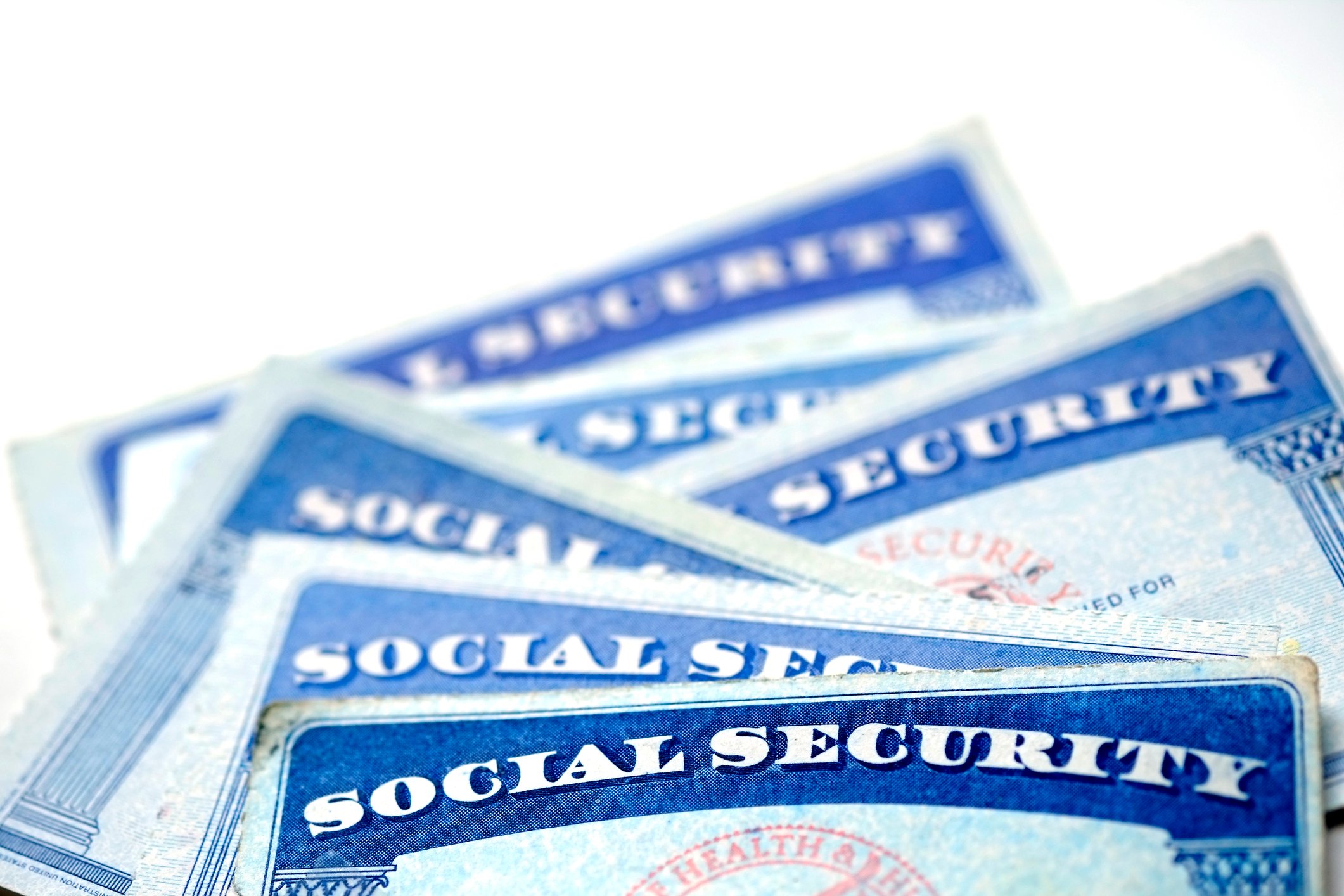Many people spend their last few years in the labor force counting down to retirement. But then a funny thing happens when they actually get there.
Instead of being thrilled to finally be free from the constraints of a job, many new retirees find themselves lost and stressed out. And it's easy to see why.

Image source: Getty Images.
Mentally, it's not an easy thing to go from a structured routine to suddenly having loads of free time. And financially, it's not easy to go from a steady paycheck to a world of uncertainty.
That's why it may not be such a great idea to suddenly stop working and retire without a period of transition. You may find that easing your way into retirement makes for an easier adjustment.
The upside of gliding in
A good 50% of workers today want to ease into retirement rather than dive in, according to the Employee Benefit Research Institute. And it's an approach you may want to take yourself by working part-time for a year or longer before making your retirement official.
The benefits here are multifold. First, you can get a sense of what it's like to be living on a reduced income and adjust your spending as needed. You'll also see what it's like to have more hours in your week to fill -- and how you feel about that.
You may find that you love having more hours to spend on household projects, errands, or leisure. Or, you might hate it. But it's good to know before leaving the workforce completely.
Transitioning into retirement could also make tough financial decisions easier. If you realize that it'll be hard to stay in your current home once you're no longer getting a paycheck from work, that gives you time to plan for a move -- as opposed to retiring fully and feeling pressured to find a new place to live quickly.
How to transition into retirement
A growing number of workplaces are supporting older workers with a phased retirement. That could look like reduced hours each day or a schedule where you work a couple of days a week instead of five.
If your workplace won't offer that option, you may be able to create your own phased retirement by joining the gig economy or lining up a part-time job and then quitting your full-time role once you're able to start. You could also, depending on what you do professionally, see if it's possible to transition into a consulting role.
Here's what that might look like. Say you're 65, which means you're eligible for Medicare, and your goal is to work until 67, at which point you're entitled to your monthly Social Security benefits without a reduction. You could propose to your employer that for the next two years, you work 20 hours a week on a freelance basis.
Your company can save money by not having to offer you benefits like health insurance or a full-time wage. At the same time, your employer can utilize your skills and expertise while you're still willing to do the job.
You, meanwhile, get the benefit of a part-time paycheck and a way to fill your week for a period of time. And during that two-year stretch, you should get insight as to which aspects of retirement may prove challenging so you can address those concerns ahead of time.
All told, gliding into a retirement is really a win-win. So it pays to see if you can ease your way into retirement gradually rather than overnight.





